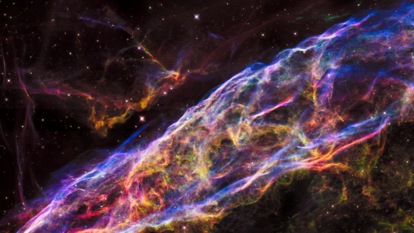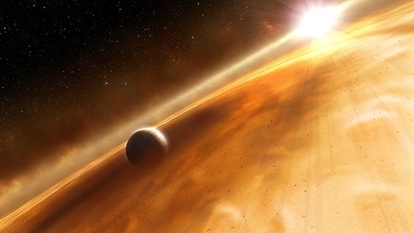Potentially Hazardous Asteroid to pass Earth today! NASA reveals details
NASA has revealed details about a Potentially Hazardous Asteroid called Asteroid 2020 FM6 that will pass Earth today, October 23. Know its speed, size, distance, and more.
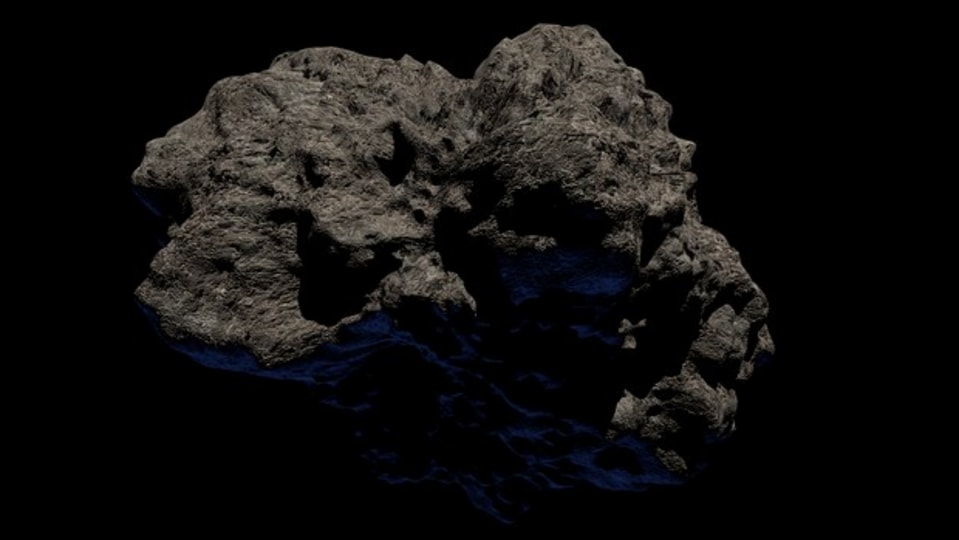
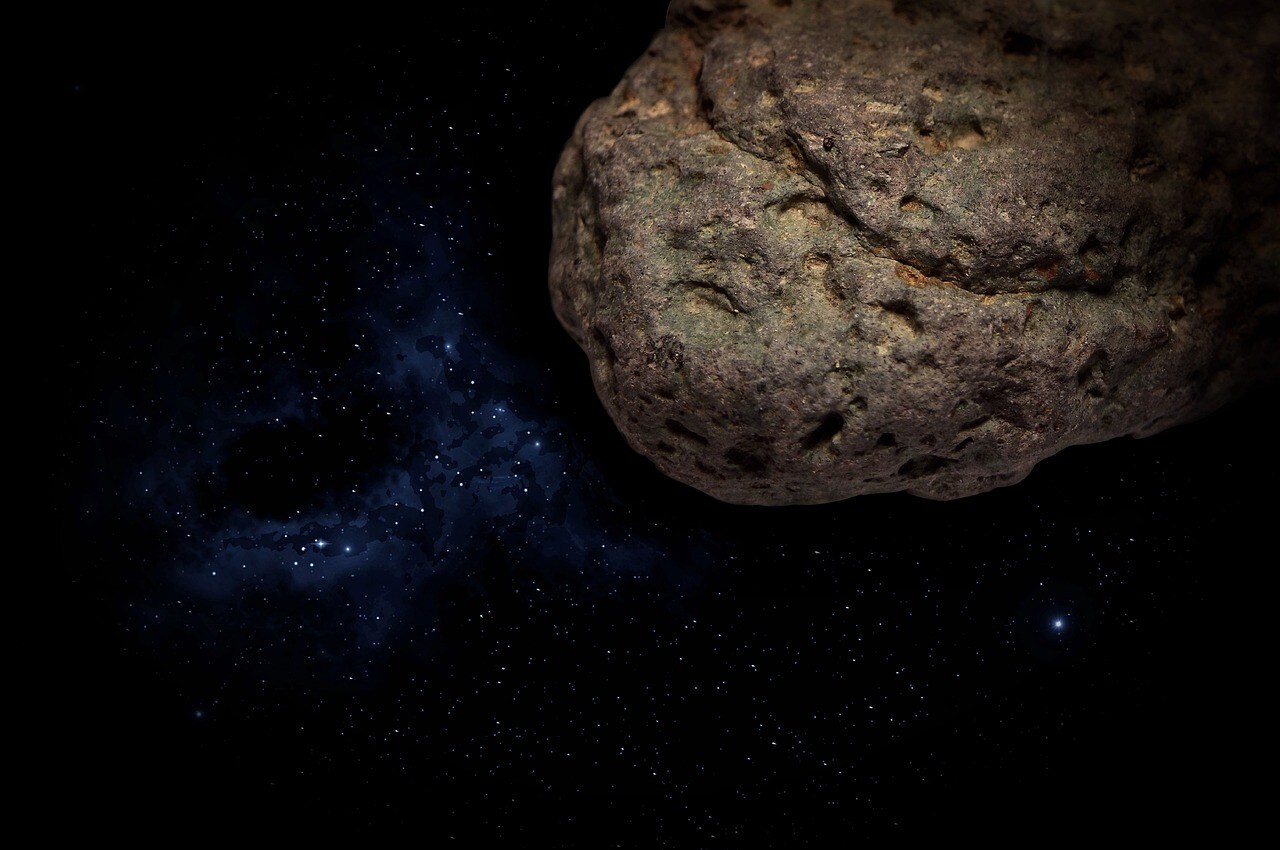
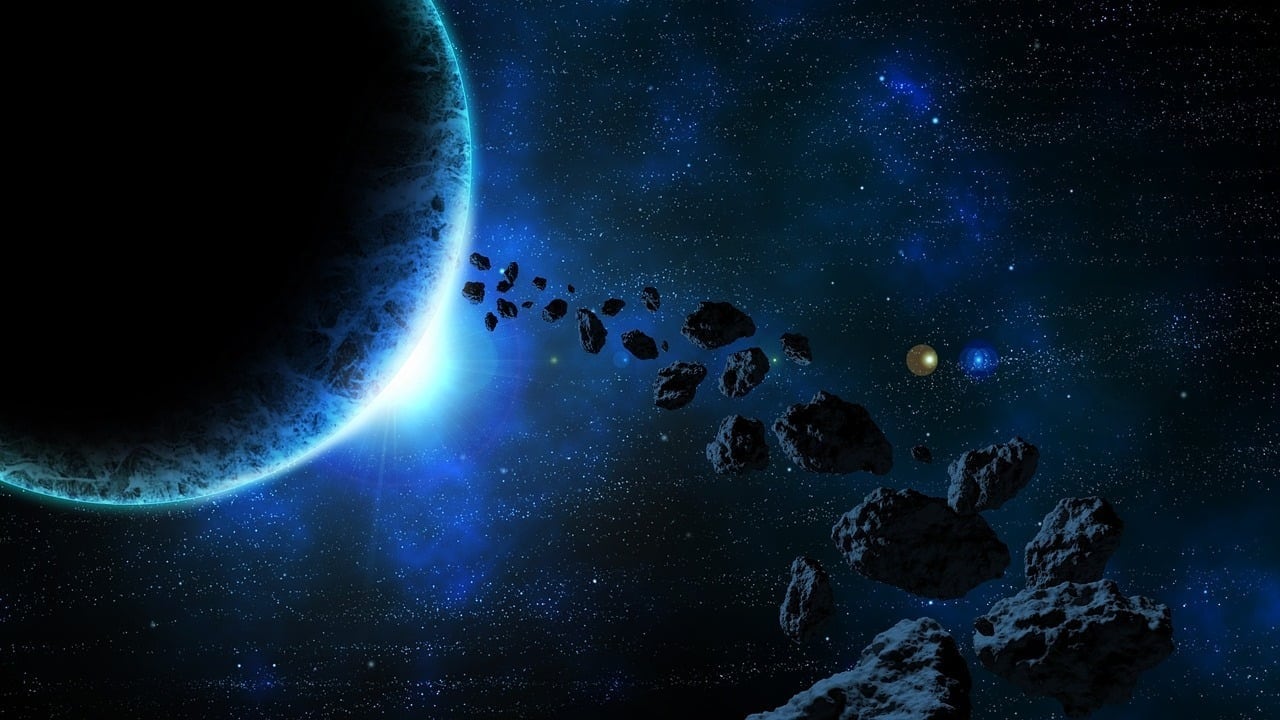
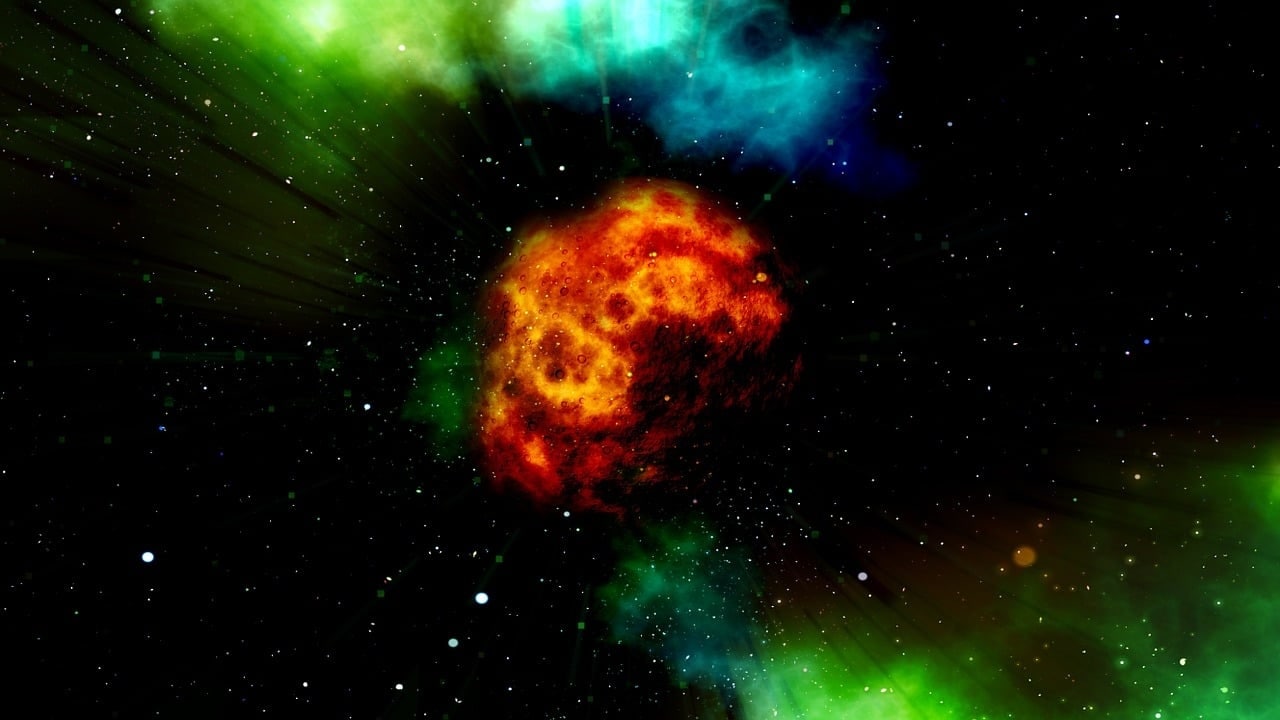
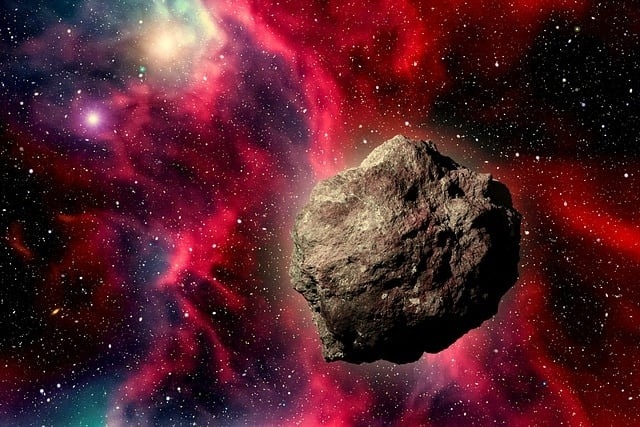

 View all Images
View all ImagesAn asteroid is on its way and its orbit could bring it close to Earth today, resulting in a close approach, NASA has revealed. The asteroid, given the designation of Asteroid 2020 FM6, is set to pass the planet today, October 23. This space rock was spotted by NASA's Defense Coordination Office (PDCO), which is responsible for monitoring the skies and keeping a watch on various Near-Earth Objects (NEOs). The space agency has a suite of advanced tech equipment used for observing and monitoring Near-Earth Objects (NEOs) such as asteroids, comets, and more.
The asteroid will pass the planet by a distance of approximately 5.9 million kilometers, and is already speeding at 57099 kilometers per hour, which is even faster than a hypersonic ballistic missile!
Other details
NASA has declared Asteroid 2020 FM6 a ‘Potentially Hazardous Object'. These are celestial objects that are larger than 492 feet in diameter and pass Earth closer than 7.5 million kilometers. In terms of size, the asteroid is nearly 500 feet wide! Thus, it fulfils both the requirements and has been deemed a Potentially Hazardous Asteroid.
The space agency has also revealed that Asteroid 2020 FM6 belongs to the Apollo group of Near-Earth Asteroids, which are Earth-crossing space rocks with semi-major axes larger than Earth's. These asteroids are named after the humongous 1862 Apollo asteroid, discovered by German astronomer Karl Reinmuth in the 1930s.
According to NASA, Asteroid 2020 FM6 first passed Earth on October 24, 1964, at a distance of about 973,070 kilometers. After today, the next time it will pass Earth by a closer margin will be on April 27, 2063, when it will come as close as 5.8 million kilometers to Earth.
Biggest ever asteroid impact
During the course of Earth's rich 4.6 billion-year history, there have been several consequential events that have altered its course. One of the most notable incidents was the asteroid impact which kick-started the extinction of dinosaurs, but it isn't the biggest asteroid to ever hit Earth. This title goes to the asteroid impact which occurred more than 2 billion years ago and resulted in the 300-kilometer-wide Vredefort crater near Johannesburg, South Africa. However, a recent study claims that an even bigger asteroid impact occurred.
According to a study published in the Tectonophysics journal, researchers at the University of New South Wales (UNSW) have now reportedly found the crater of the largest asteroid to ever hit the planet located beneath the surface in New South Wales, Australia. The Deniliquin structure, which is nearly 520 kilometers wide, surpasses the previously known biggest asteroid crater called Vredefort which was around 300 kilometers wide.
Catch all the Latest Tech News, Mobile News, Laptop News, Gaming news, Wearables News , How To News, also keep up with us on Whatsapp channel,Twitter, Facebook, Google News, and Instagram. For our latest videos, subscribe to our YouTube channel.









